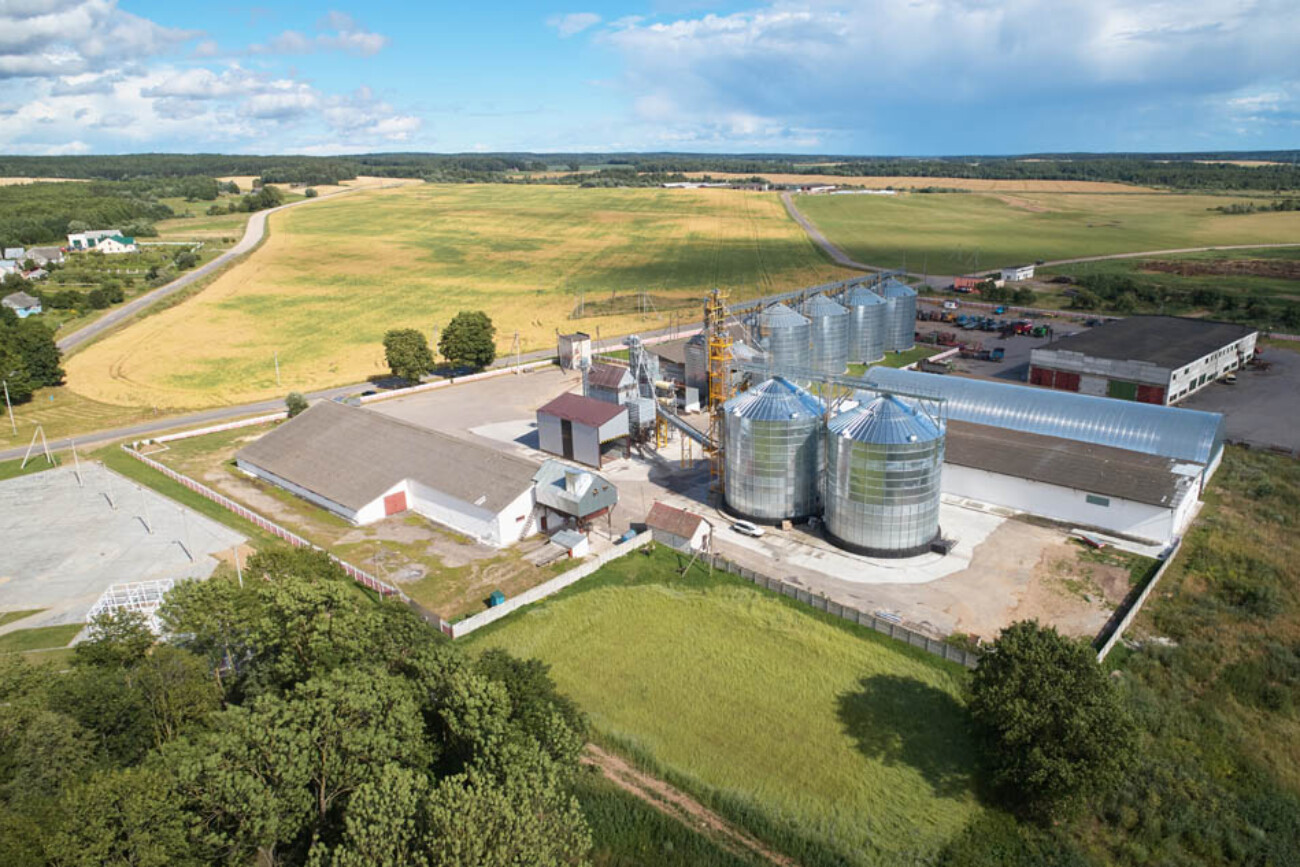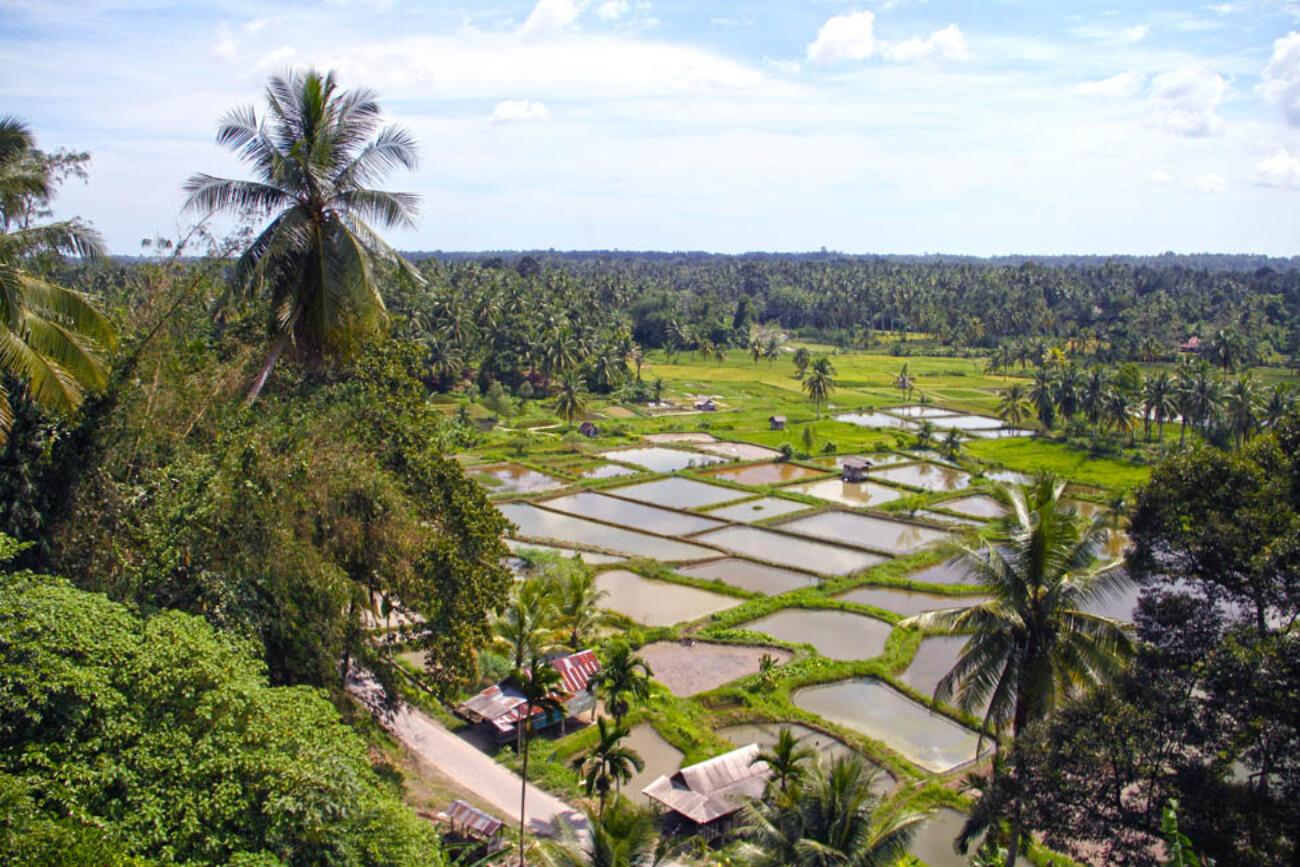Global Macro
They say a week is a long time in politics but a few hours is a lot in finance. This past week has shown us how fragile the US banking system is, partly due to badly written regulations but partly to good old-fashioned incompetence. That three banks have had to be shut down or bailed out is testament to the poor risk management regulation, the industry effectively being self (poorly) regulated and the weight of moving interbank rates from zero to over 5% in only a few months.
That the Federal Reserve, the Treasury and the White House are telling us all is well should be our first clue that is it not. Frankly no one is able to understand the scale of this crisis because bank balance sheets are complex and quasi-impossible to understand quickly. It takes time to fathom the derivative and ALM risk in the banking sector. This cannot be solved by moving fast money deposits to one bank. Soon The FDIC will be overwhelmed in our view with similar bail in solutions. They will not work long term.
We have learnt that in times like these,
its best to ignore what the Fed or the White House says,
instead follow 2-year notes.
Our view is that rates will stall here and probably ease before H2 and to hell with the fight against inflation. There will be no economy without a vibrant banking sector because they can only fight one fight at a time. We have learnt that in times like these, its best to ignore what the Fed or the White House says, instead follow 2-year notes. They will tell you everything you need to know.
The good news for us is that our returns will prove inelastic to the downside and that as Lenin is accredited as saying, in the final analysis the only real currency is grain.
Agricultural Commodities
At the center of the world is the Bosphorus, but in the 21st century its importance has less to do with bridging Asia and Europe or being at the center of the world. Rather, it is the only water passage out of the Black Sea and out to the world. With most energy from the region moving through pipelines, its importance is most relevant to the export of grains and oilseeds, the vast majority of which come from Ukraine and Russia. While the Strait and its mother city, Instanbul – Constantinople to the Greeks, Tsargard to the Russians – have been contested throughout history, today contention is further North, at the source of the commodities that wish to transit this direction.
Ukraine and Russia continue to negotiate the next renewal of the grain deal to move goods from their countries out of the Black Sea. The Russians wish for the renewal to be only 60 days and are complaining that while their allowed to export food and fertilizer, sanctions are hindering there ability to do so. The Ukrainians would like to renew for as long as possible, in this case 120 days. We do not believe the grain deal is at risk, but the Russians are getting weary and would prefer to sit at the negotiating table more often than not. As their pursuit of territorial gain wanes, the option to cut off the grain deal at some point in the future is clearly something the Russians wish to keep close by.
It is quite possible that another year of strife
will result in further lack of upkeep
for Ukrainian farmland.
Ukraine itself has seen significant degradation to its grain output as they now expect a 37% decline in the 2023 harvest due to lower area and lower yields. We flagged the issue of lower future yields early in the conflict, noting that grain production is not as simple as throwing seeds and harvesting them months later. Ongoing capital expenditure is required to upkeep farmland to keep it fertile and maintain strong yields. In 2022 producers could not sell grains on the global market at a fair price and were hesitant to reinvest into farmland that may not be theirs for much longer. Today, yields are suffering tremendously, and this is unlikely to be the end. It is quite possible that another year of strife will result in further lack of upkeep.
Elsewhere, as the geopolitical heat continues to blaze, China has come out with a tremendous target to boost its grain production by 50 million tons in 2023. The objective is of course to become ever-more independent. One must wonder whether they can be the hegemony while relying on natural resources from half-way around the world. We believe not, and so the Chinese effort continues in this direction, as it has for many years. While a population of tremendous size can spur an economy, it also must be fed. An increase in production of that size in a single year is highly unlikely in our opinion, unless they are to spend tremendous capital on the effort, much of which would likely be far less productive than if it were used elsewhere.
Lastly, as the world worries about inflation and what the FED will do next week in light of the ever-changing economic landscape, we note that food prices have come down each of the last 11 months. Not at your grocery store, but at the commodity level. It’s unlikely the FED is using these metrics to drive their decisions, but it is perhaps the light at the end of the tunnel, and with a freight train speeding recklessly behind them, it’s possible the buck stops here, one way or the other.
Nord45Partners ©2022


